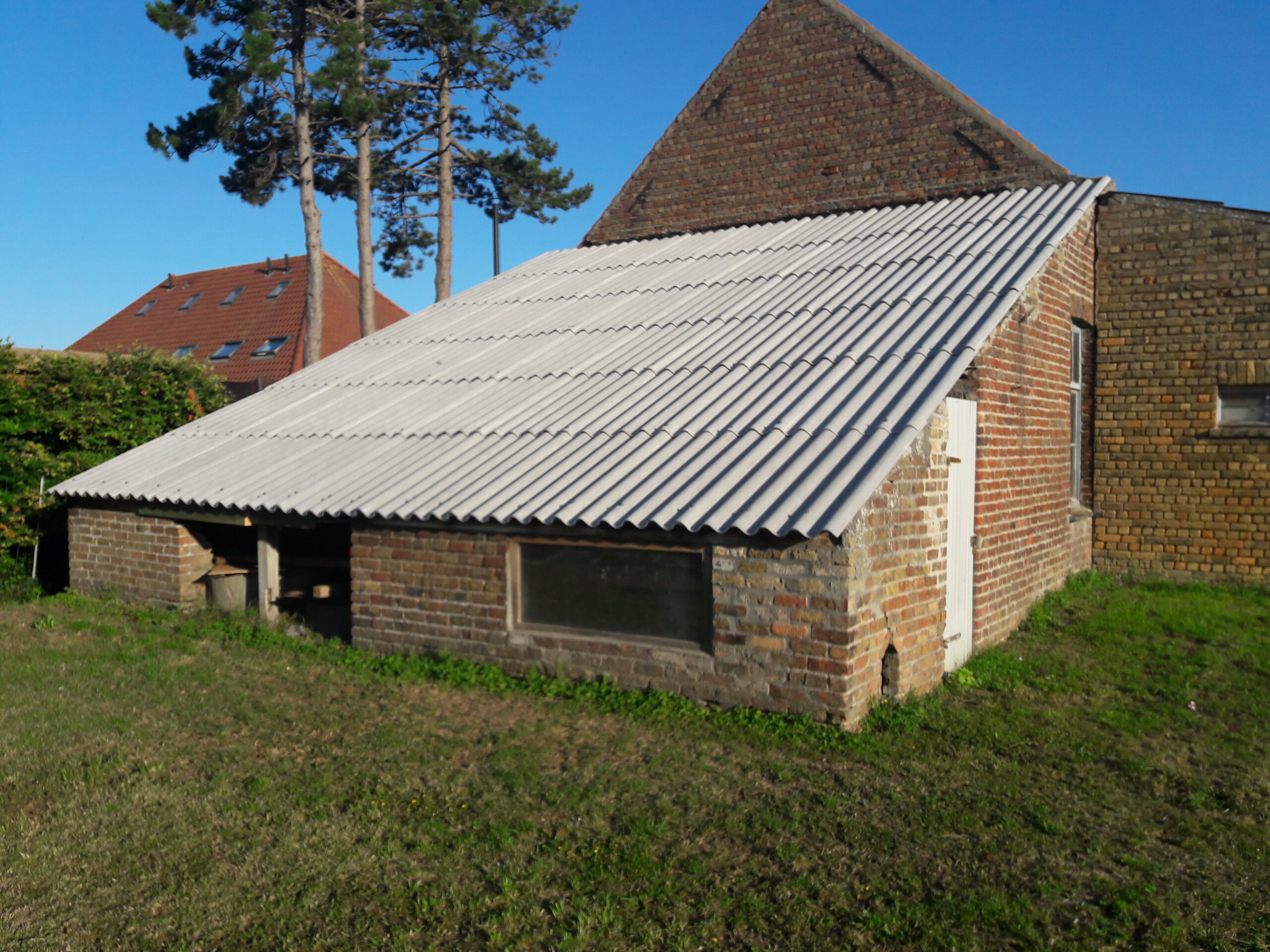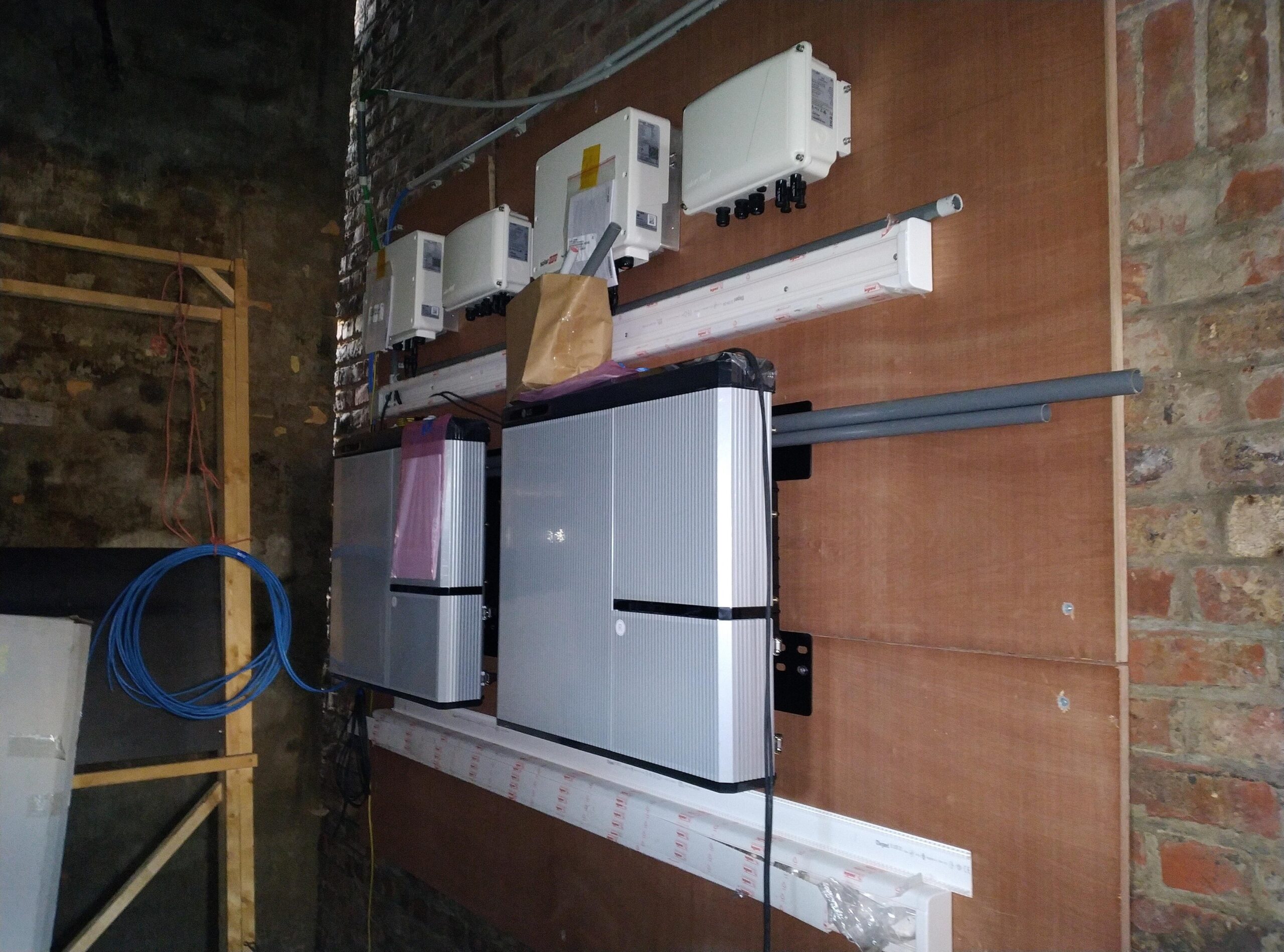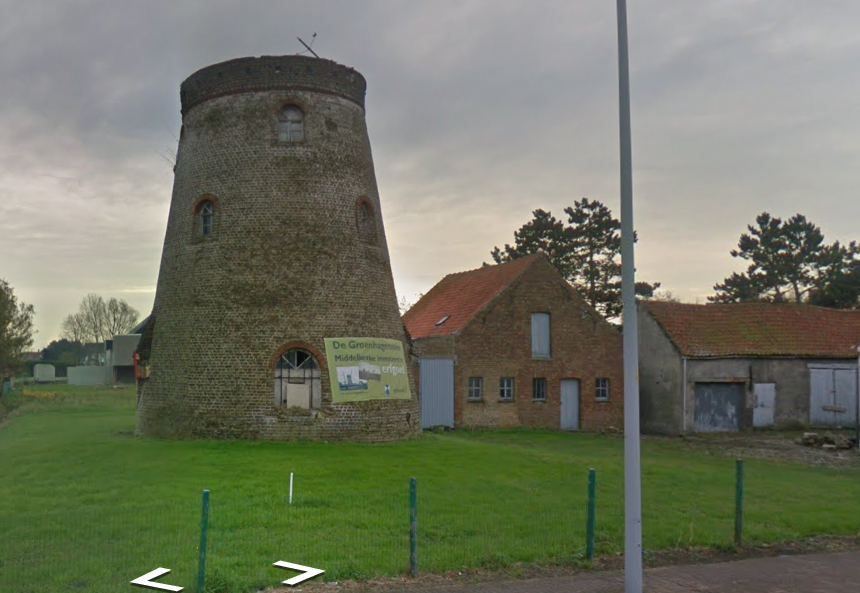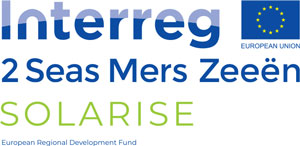Heritage mill in Leffinge, Middelkerke
Goal
Deploy solar energy on a historical site.
An old heritage mill in Middelkerke produces renewable energy
Description
28 PV panels on the shed of the ‘Groenhage’ heritage mill in Leffinge (Middelkerke) produce enough renewable energy to cover the needs of the site itself and part of the neighbourhood. The miller’s house was renovated and became a community centre for small social and/or cultural events and gatherings. This centre can now use the sustainable energy from the adjacent stable.
If not all the renewable energy produced is consumed, it can be used for charging points for electric vehicles or bicycles or even street lighting. For the latter, the municipality is in negotiations with Fluvius, the electric distribution system organisation, who is also responsible for public lighting.
An initial monitoring report shows that connecting public lighting is not going to be easy. The project is too small-scale for this and the costs of opening the street’s pavement do not outweigh the potential benefit. Providing a charging station is possible, but then only one third of the charging station will work on renewable energy.
The municipality of Middelkerke is now looking at the option to start up a system with battery charging. With this, the municipality wishes to provide the lifeguard station with electricity in the summer and to provide the public broadcasting system with power. The public broadcasting system or lifeguard stations are no longer feasible within the time period of the solarise project.
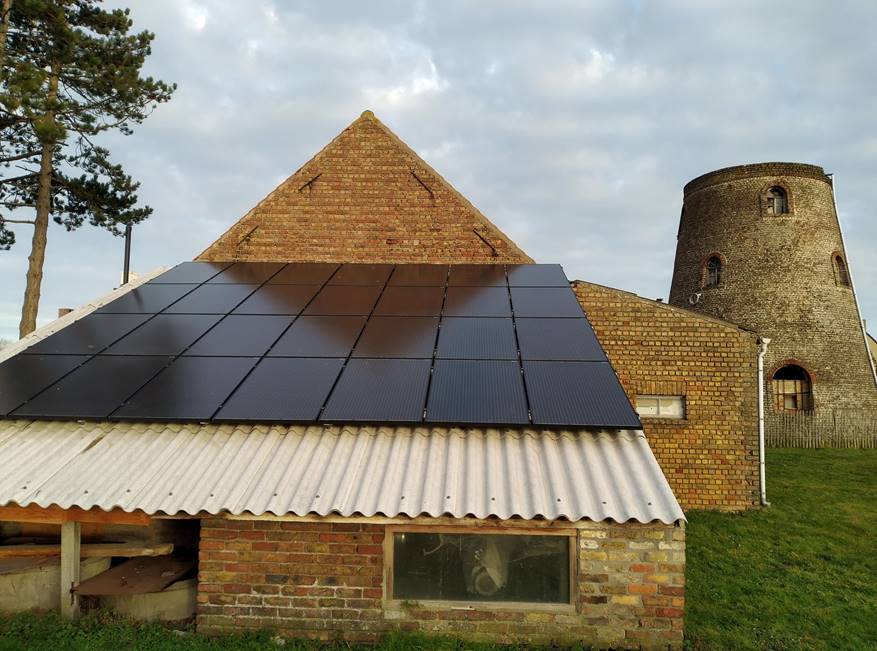
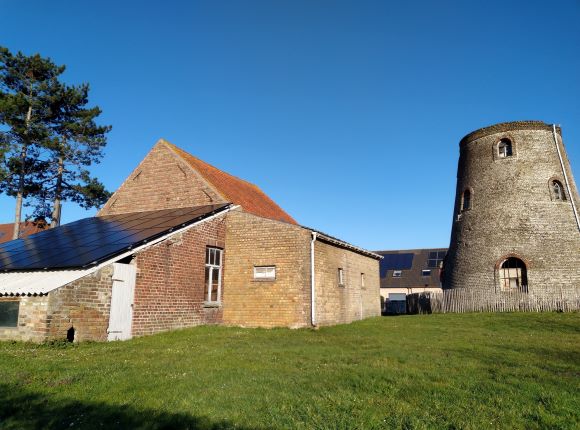
Key figures
Location: Middelkerke (BE)
Size: 8,68 kWp PV and 2*3kWh battery
Energy production per year: 8000 kWh
Energy use: by the building next to it, maybe loading infrastructure for bikes en public lighting
Technology:
Current status
Connection to the grid happened in January 2021
In November 2021 monitoring of the installation started, to measure its effectiveness, in close cooperation with KU Leuven.
Attention points / lessons learned
In March 2021, the installation started to be monitored in order to measure its effectiveness, in close collaboration with KU Leuven.
It is not easy in Flanders to get permission from The Real Estate Heritage authority to realize something on historically important buildings. The solar panels were eventually placed on an adjacent roof that is not visible from the street.
A charging station for cars in a residential area has little added value. People can charge in their own driveway and will not use the public charging station.
Project flyer
Download here the flyer about the project
Monitoring report
Download here the monitoring report
Project related news items
Useful links
Technical schema
